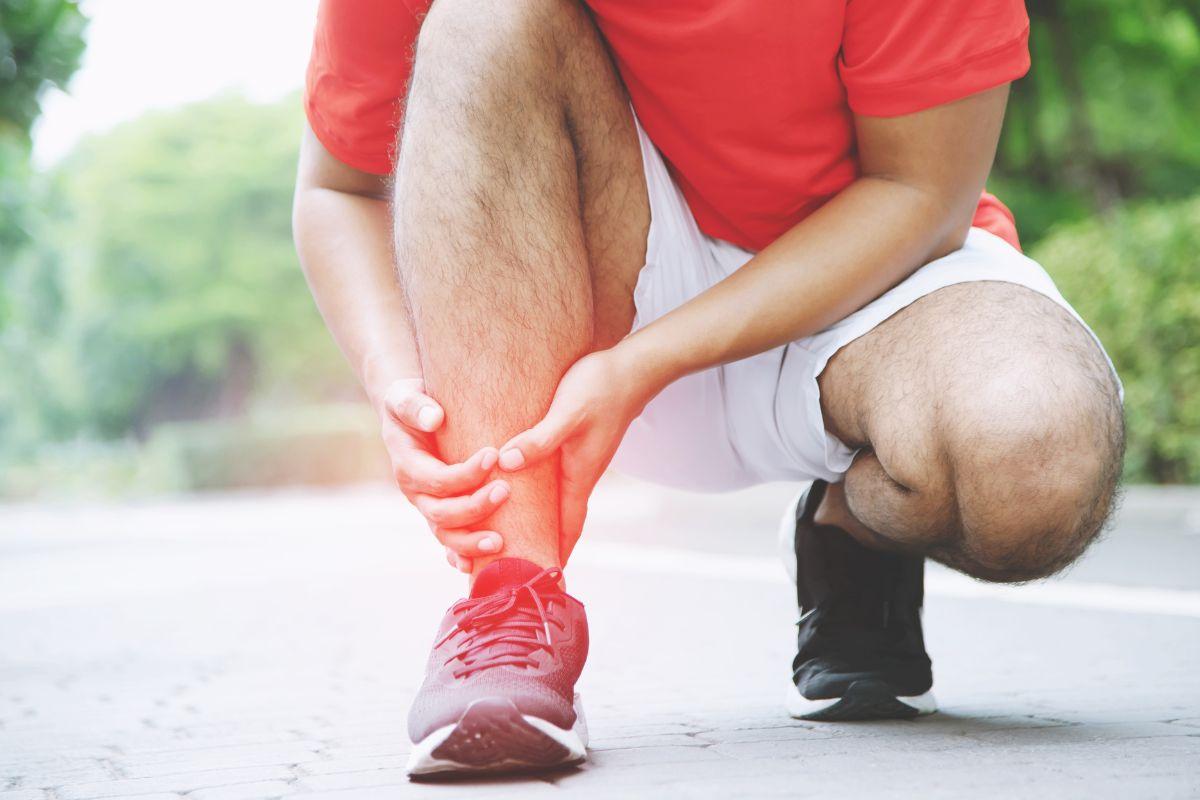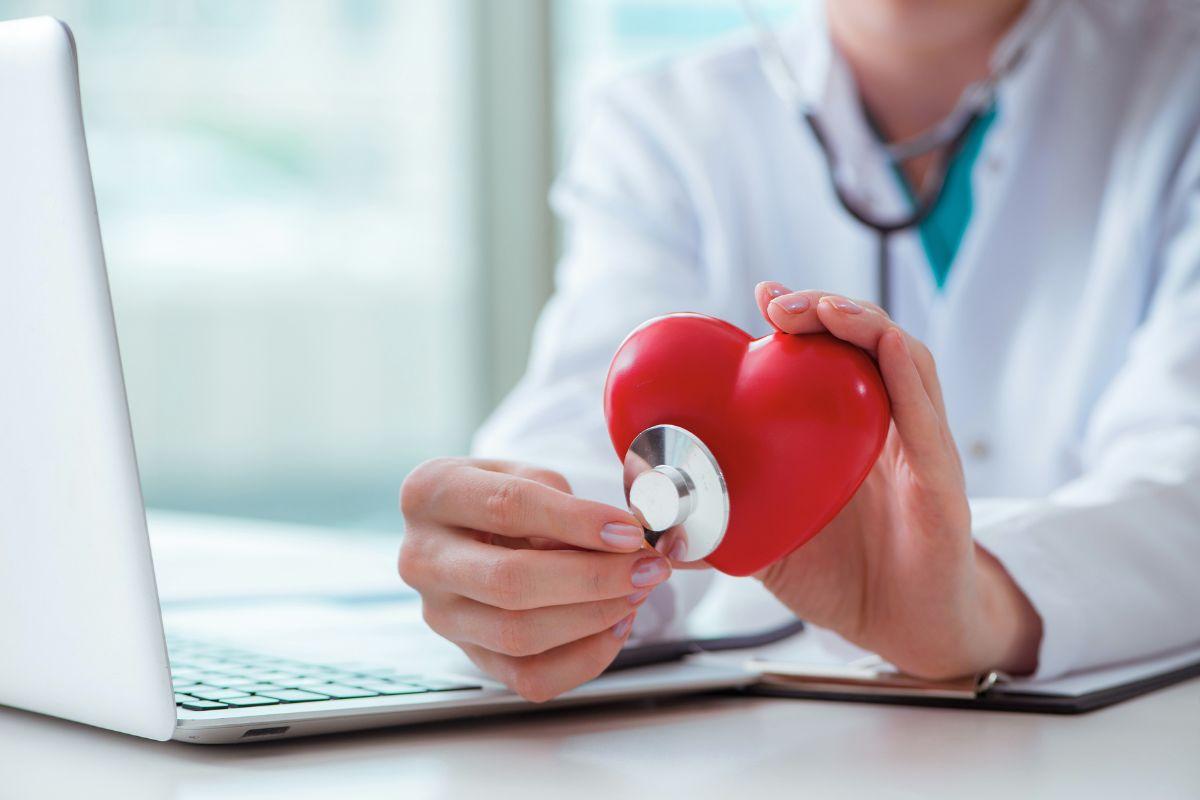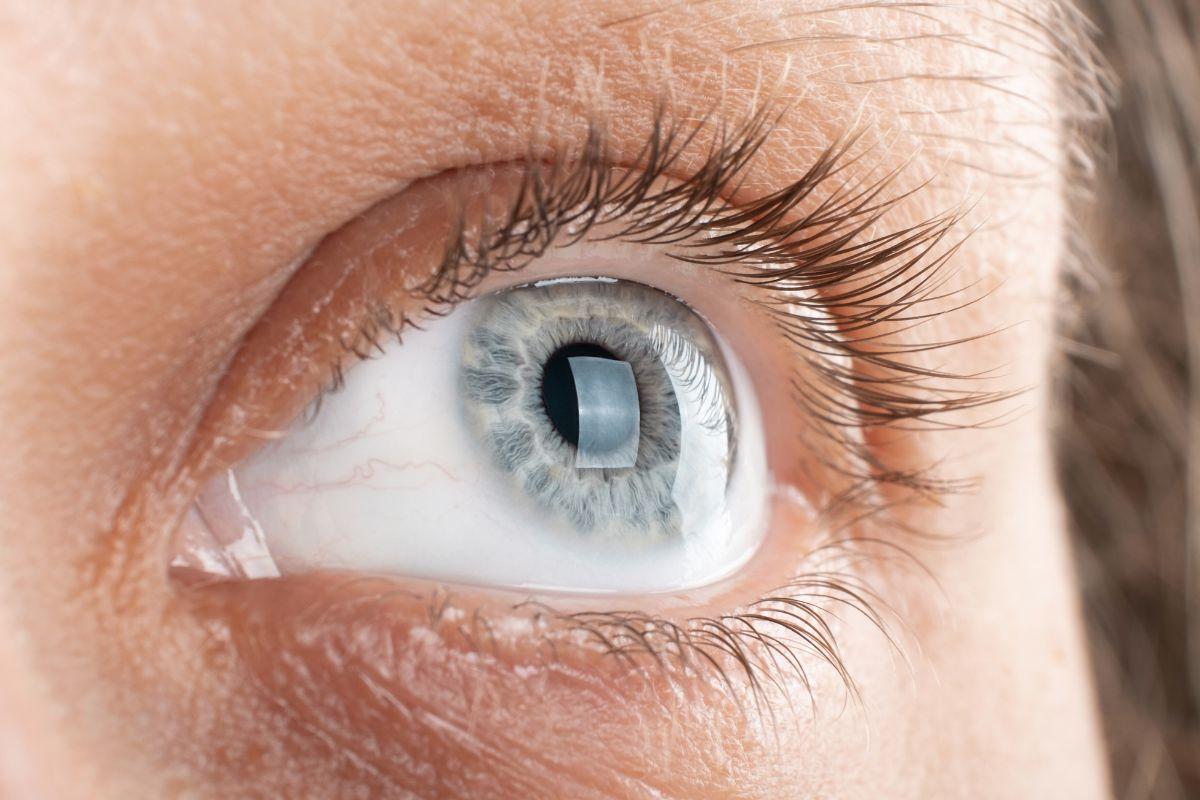Staying active is brilliant for your health, but even the fittest among us can pick up knocks. A sports injury is any damage to muscles, tendons, ligaments, bones, or joints that happens during exercise or activity. The good news: with early diagnosis and a clear recovery plan, most people get back to the exercise they love. A successful rehab can ensure a safe return to play and equip you with the skills to prevent future injuries. If you need expert help, you can compare reviews and book top-rated orthopaedic and sports injury specialists through Doctify.
Common injuries (and why they happen)
- Sprains and strains – sprains affect ligaments; strains affect muscles or tendons. They often follow a twist, overstretch, or sudden movement. Most settle within a couple of weeks, though severe cases can take longer.
- Tendonitis (tendinopathy) – irritation from overuse, e.g., “tennis elbow” or “jumper’s knee”, especially when you ramp up training too quickly. Rehab involves a phased approach, typically lasting weeks to months.
- Fractures – tiny cracks in the bones; a stress fracture builds up from repeated load and usually occurs in the bones of the lower leg and foot; an acute fracture happens suddenly (a fall or collision).
- Dislocations – joints forced out of position (commonly shoulders). It often occurs in contact sports. This needs urgent assessment; we should not try to “pop it back in” ourselves.
- Ligament tears – e.g., ACL (Anterior Cruciate Ligament) in the knee after a twist or pivot. Commonly occurs in sports like football or basketball. Not every ACL tear needs surgery; recovery takes months and always involves physiotherapy.
How sports injuries are diagnosed
A clinician will examine the injured area and may organise imaging:
- A history and physical exam will be performed by a licensed professional to determine the nature of your injury and whether imaging may be required
- X-rays to check for broken bones or fractures. Many urgent treatment centres can arrange these
- MRI (Magnetic Resonance Imaging) for detailed views of soft tissues (ligament, cartilage) and bone stress
- Ultrasound to assess tendons, muscles, and some ligaments in real time
Seeing an orthopaedic or sports injury specialist early can speed up diagnosis and treatment. You can find and book one near you on Doctify.
Recovery: a step-by-step roadmap
Phase 1: Immediate care
Use R.I.C.E. in the first 24-72 hours to settle pain and swelling. Rest, Ice (10-20 minutes with a cloth barrier), Compression, Elevation. You may also see PRICE or POLICE used- your clinician can advise what’s right for you.
Phase 2: Flexibility and mobility
Once pain allows, start gentle, pain-free movement to restore range. Little and often is best. The goal is gradual progression.
Phase 3: Strength training
Rebuild the area and the muscles that support it (e.g., hips and core for knee injuries) using bands, bodyweight, and light weights, progressing cautiously
Phase 4: Proprioception and balance
Work on proprioception (your body’s “position sense”) with exercises like single-leg stands and stability drills to reduce re-injury risk.
Phase 5: Return to play
Rehearse sport-specific skills at low intensity, then increase pace and impact over time. Get medical clearance before returning to competitive scenes- especially after ligament tears or fractures (For ACL injuries and certain fractures, surgery is sometimes needed; either way, rehab is essential).
A structured six to eight week conditioning block that incorporates calf and hip-strength work, single-leg balance drills, and hill intervals is evidence-backed
Dr Lewis Raiman, Doctify-rated Sports & Exercise Medicine Doctor
Practical prevention tips
Warm up and cool down– dynamic movements before you start; static, gentler stretches after you finish.
Check your technique– minor tweaks in form can cut strain
Strength and conditioning- building stronger muscles protects joints and increases resilience to handle sport demands
Cross-training– mixing activities to reduce repetitive strain and overuse
Listen to your body– ease off if you notice persistent niggles, swelling, or fatigue
Kit matters- well-fitted footwear, supportive braces (if advised), and sport-specific protective gear can lower risk
When to seek medical help
Get professional advice if pain, swelling, or instability persists, or if the injury limits walking, lifting, or daily tasks. Visit your urgent care/ A&E immediately if there is severe swelling, visible deformity, or you cannot bear weight, or you suspect a dislocation or broken bone. Doctify can help you find and book consultations with orthopaedic surgeons in your area.
How an orthopaedic surgeon or sports doctor helps
- Assessment & diagnosis– targeted examination and selecting the right scans
- Treatment– from guided injections and bracing to surgery when indicated
- Rehabilitation planning– coordinated programmes with physiotherapists
- Safe return to sport– ongoing monitoring and testing to reduce re-injury
Final thoughts
It’s normal to feel worried when an injury interrupts your daily routine. With early diagnosis, a structured rehab plan, and steady progress, most people return safely- and often stronger than before! If you’d like tailored guidance, use Doctify to read verified reviews and book a nearby orthopaedic or sports injury specialist. Your path back to sport is a journey; taking it step by step makes all the difference.
Find the right specialist for you. Doctify uses verified reviews so you can make the best decision for your healthcare.

Find the best Sport & Exercise Medicine Doctors in the United Kingdom or search for the best orthopaedic specialists globally:
- Sports and Exercise Medicine Doctors in Ireland
- Sports and Exercise Medicine Doctors in Australia
- Sports and Exercise Medicine Doctors in the United Arab Emirates
- Sports and Exercise Medicine Doctors in Germany
- Sports and Exercise Medicine Doctors in Austria
Medically Reviewed
Last reviewed on 18/08/2025




